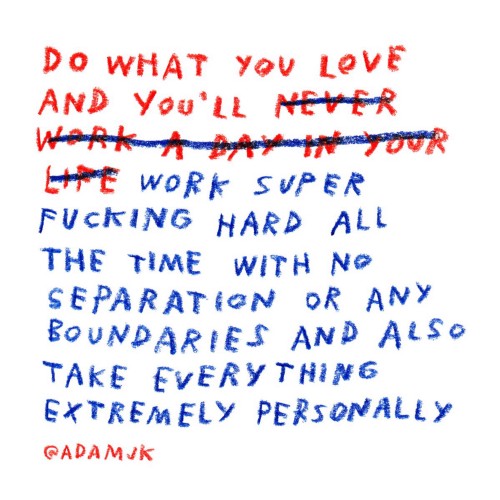Personal Boundaries and SEPs
Why Boundaries between you and other People are so important and how to establish them

In an issue of Let’s Be Fwends, I wrote that “people aren’t difficult, or useless, or hard to work with. They are just different, but every bit as important as you are, and everyone else.”
When people’s deficits become your problem, it’s time for a change.
I was asked if that meant that you should tolerate every kind of behaviour in your working environment. That you’re supposed to compensate all shortcomings of other people, because that’s just the way they are.
To that, I answer: No. Of course not.
In traditional organisations, your duties are defined by the boundaries the organisation gives to your job. Whatever is outside them is none of your business. If you see something out of the ordinary, you report it to your boss, and then you move on with doing the best you can in your own job.
You simply know exactly what to do, and so does everyone else.
In very small teams, or non-traditional organisations (like Agile orgs), these boundaries either don’t exist at all, or are fuzzy at best. Where your job starts and ends is probably not really clear to you. And if it isn’t clear to you, the chances are pretty good that they aren’t clear to everyone else as well. Agile and Scrum even amplify this by encouraging people to take credit not for their own work, but for the results the team as a whole create. And while this is very morale-boosting when things go right, it can also lead to a very quick burning out when they don’t.
It’s a cool and natural thing to cover for a team member who struggles with their responsibilities. As long as it is temporary. If it is a permanent situation, it is straining and can become a burden quickly. To overcome this, you need to establish some boundaries between you and other people; Otherwise you’re in danger of burning out quickly.
How to establish personal boundaries and still be a nice person
In his novel “Life, the Universe and Everything”, Douglas Adams talks about a very powerful cloaking device — the “SEP field”. This field is so powerful, you can park an alien space ship inside it and no-one will notice. It works by utilising the most powerful mind trick ever invented: The “Somebody else’s problem”, or SEP for short. The boundaries between you and other people are bit like an SEP field. They allow you to see your own responsibilities clearer by blocking out everything that is not your problem, and shouldn’t concern you. By focusing on your own problems, you can even become a powerful problem-solver for everyone around you. It all depends on how you define “my problem”. It’s not a problem that people have shortcomings. We all do. But when their shortcomings produce problems, and these problems start to become your problems, we have a situation. And the question is: Should I be ok with that? The answer is: No. This is exactly when you should start your SEP field and clearly think: “This is somebody else’s problem. Not mine. I can help as long as I have resources. But I am not responsible for the outcome beyond this point.” It is important to offer substantial help. After all, the other person is clearly struggling (even if they’re not aware that they are), and I do think it’s our human duty to help each other out when we can. “When we can” being the important part.
How “Offering Help” looks like
Sometimes, offering help means taking some tasks from them. Sometimes, it is raising the issue in a Retrospective. And sometimes, it’s telling them that their problems are becoming your problems. Treating someone respectfully doesn’t mean that you have to tolerate everything. It can — and should — mean that you respectfully tell them that they are doing a bad job. But whatever course you take, do not let it happen that somebody else’s problems become your problems.